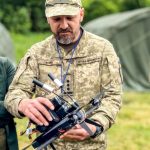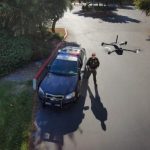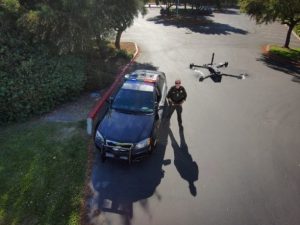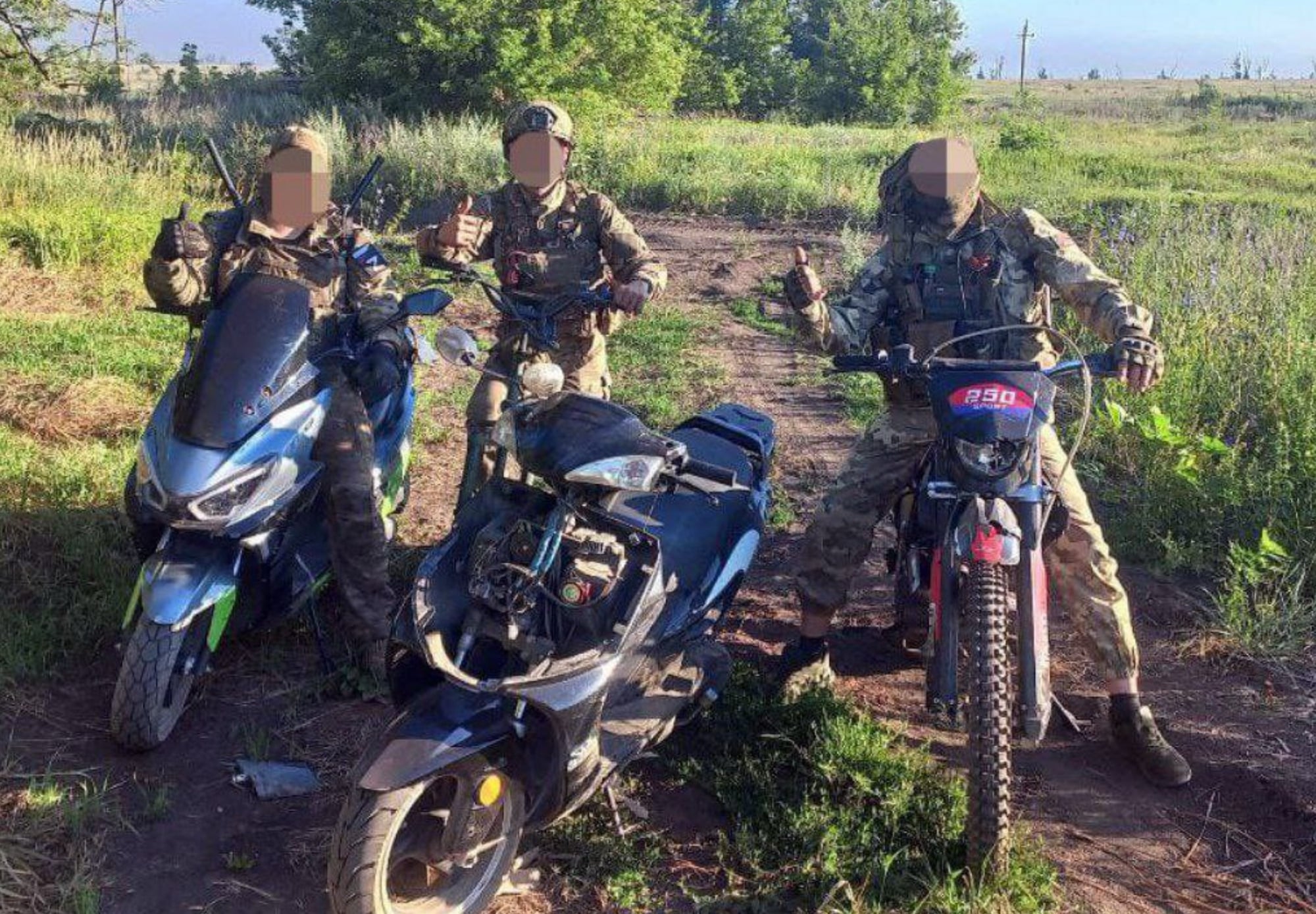How Drones in Ukraine are Redefining Battlefield Tactics with Motorcycles
The ongoing conflict in Ukraine has heralded a new era in warfare, where drones are fundamentally altering battle strategies. As reported by The National, Russian paratroopers are now being trained to utilize motorcycles to counter the increasing threat posed by Ukrainian drones, marking a significant shift in military tactics influenced by unmanned aerial technology.
Drones Driving Tactical Innovation
First-person view (FPV) quadcopter drones equipped with explosives have emerged as pivotal elements on the battlefield in Ukraine, particularly within the 9.3-mile (15 km) “dead zone” adjacent to the front lines. This zone, now heavily monitored by surveillance and attack drones, has rendered traditional armored vehicles, especially tanks, vulnerable. In response, Russia’s elite 299th VDV airborne regiment is deploying off-road motorcycles, enabling faster movement through these perilous areas. “They are utilizing hundreds of motorcycles and quad bikes to navigate what has now been labeled the ‘dead zone’—the critical stretch just before the front line where surveillance drones direct kamikaze strikes,” the report cites, detailing military adaptations.
The Role of Motorcycles in Modern Warfare
Motorcycles provide agility and a lower profile, making them less detectable compared to slow-moving tanks or troop transport vehicles. According to the Institute for the Study of War, Russia is developing tactical doctrines to implement motorcycles systematically in combat scenarios. This adaptation comes after substantial losses, including around 10,000 tanks and 22,000 armored vehicles. However, the motorcycles’ noisy engines—audible up to 2.5 miles (4 km)—constitute a risk, as they can obscure the sound of incoming drones. A recent Russian offensive near Bahatyr village resulted in Ukrainian forces destroying 15 out of 18 motorcycles and damaging 9 of 10 accompanying vehicles, emphasizing the stakes involved in this strategy.
Drone Technology’s Broader Impact
The surge in drone utilization has transformed ground tactics and revealed weaknesses in sophisticated weapon systems. Ukrainian drone operator Arseni Hurtavtsov noted that the GPS-guided precision of the $100,000 Excalibur artillery shell has plummeted from 50% down to merely 10% due to Russian electronic jamming. “Ukraine has completely halted its use,” Hurtavtsov stated, demonstrating the potency of electronic countermeasures. Concurrently, the conflict has seen a revival of traditional warfare strategies, such as trench warfare and the employment of cluster munitions, which are banned by 124 countries under the 2008 Oslo Convention, as both sides grapple with the limitations of modern technology.
Implications for Drone and Military Industries
The conflict in Ukraine serves as a real-world testing ground for drone technology, with far-reaching consequences for global military strategies. Brigadier Ben Barry from the IISS think tank underscored the rapid developments: “Both factions are swiftly seeking advantages, resulting in a dynamic of action and reaction that is highly complex.” Western nations, including the U.S. and the U.K., are observing closely, devising tactics with fast off-road vehicles such as the Polaris MRZR to evade drones. Additionally, Ukraine’s capacity to manufacture five million drones this year and Taiwan’s objective to ramp up production to 15,000 kamikaze drones monthly by 2028 indicates a global arms race in unmanned systems.
A New Paradigm in Warfare
The integration of drones and motorcycles in the Ukrainian conflict illustrates a significant trend: technology compels militaries to adapt more swiftly than ever. Warfare expert Nick Reynolds from the RUSI think tank remarked, “Any slow or cumbersome force advancing is now navigating through what both Russians and Ukrainians refer to as the ‘dead zone’ from behind to the front lines.” This situation highlights the pressing necessity for agility in both tactics and technology as drones continue to reshape warfare.
Share this:













